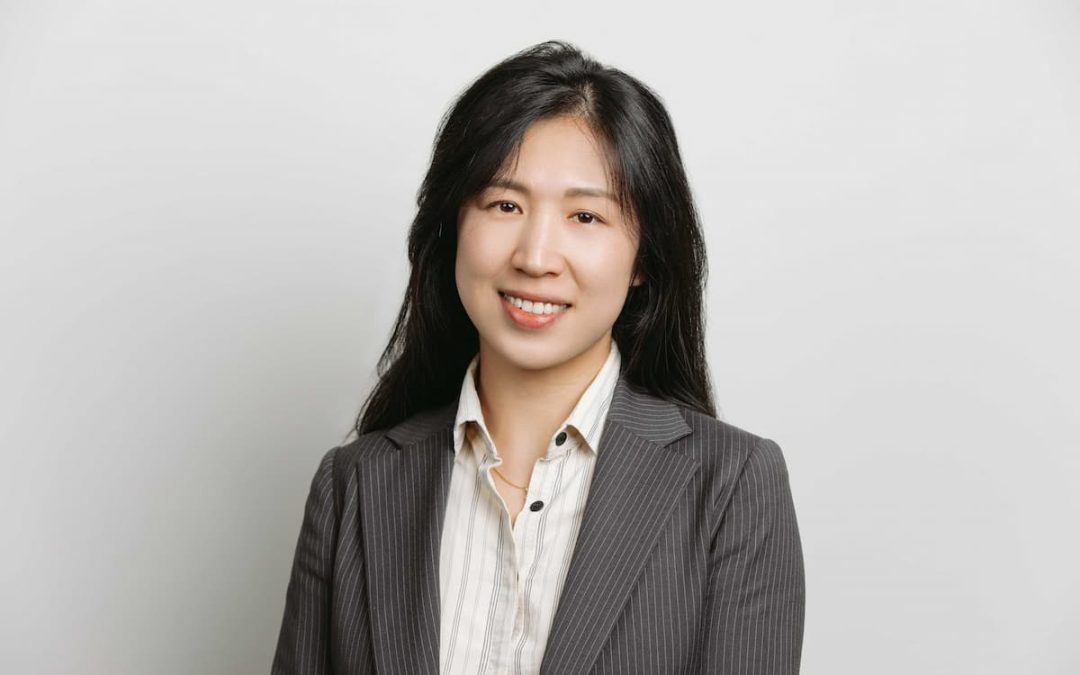There are many levers for reducing greenhouse gas emissions and steering us towards net zero. Could those that target businesses be the most effective?
At AIRAH’s Building Physics 2021 Virtual Forum, keynote speaker Chris Nunn from AMP Capital discussed the drivers for transitioning to net zero. Looking specifically at legal drivers, Nunn highlighted those that put the onus on companies, such as the ASX listing rules and corporate governance recommendations, and Section 180 of the Corporations Act, which deals with care and diligence.
Climate change is no longer a vague future possibility, but something that is foreseeable with high confidence. Thus, there is a corporate responsibility to plan the transition to net zero.
“There is more and more pressure on companies to act,” Nunn said, “which is I think very hopeful, because that’s where the change really happens.”
Nunn also pointed out that although the lack of leadership on climate at the federal level has been disappointing, the state picture is much more promising. One state where we have seen action recently is in Victoria.
General environmental duty
Victoria has legislated a long-term target of net zero emissions by 2050. This includes interim targets to reduce the state’s greenhouse gas (GHG) emissions from 2005 levels by 28–33 per cent by 2025, and by 45–50 per cent by 2030.
Victoria’s Environment Protection Act 2017, which came into effect on July 1, 2021, requires that those conducting activities that pose risks of harm to human health or the environment from pollution and waste must understand those risks and take reasonably practicable steps to minimise them. This is known as “general environmental duty”.
To support the act, the Victorian Environmental Protection Authority (EPA) has released a new draft guideline for managing GHG emissions.
The guideline offers advice on:
- Identifying emission sources
- Assessing the risks from those emissions
- Identifying and implementing controls to reduce emissions
- Reviewing controls to ensure they are effective.
A focus on HVAC&R
Some advice is specifically related to HVAC&R equipment. Fugitive emissions from the use of refrigeration and air conditioning equipment fall under Scope 1 emissions. Emissions associated with energy use for the operation of HVAC&R equipment fall under Scope 2 emissions.
Recommendations include switching to systems that use lower-GWP refrigerants, electrifying processes where possible, implementing maintenance regimes for HVAC&R systems, and ensuring that people working with these systems are appropriately licensed.
The guidelines also include case studies showing measures that could be taken to reduce GHG emissions in different businesses: a small restaurant, an office building, a medium-sized factory, and an EPA-licensed business.
AIRAH supports efforts to make businesses’ responsibilities clearer, and to offer practical guidance on reducing GHG emissions – particularly with regards to HVAC&R equipment. Those in our industry know that we have a leading role to play in addressing climate change; it is vital that equipment owners understand this too.
Like to know more?
To read AIRAH’s comments on Victoria’s draft guideline for managing greenhouse gas emissions, and the Institute’s other submissions to government consultations, go to airah.org.au/advocacy











